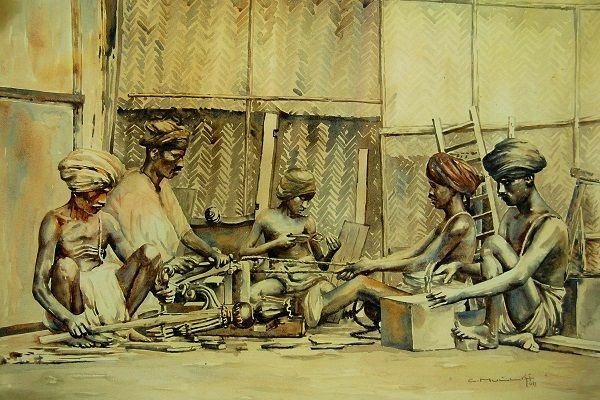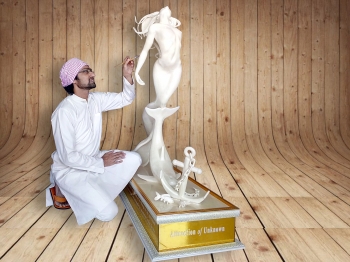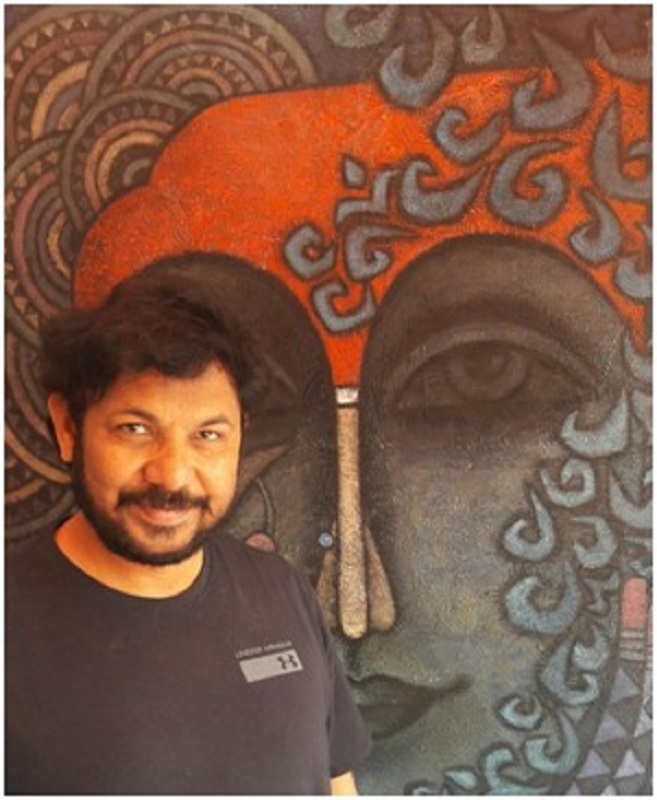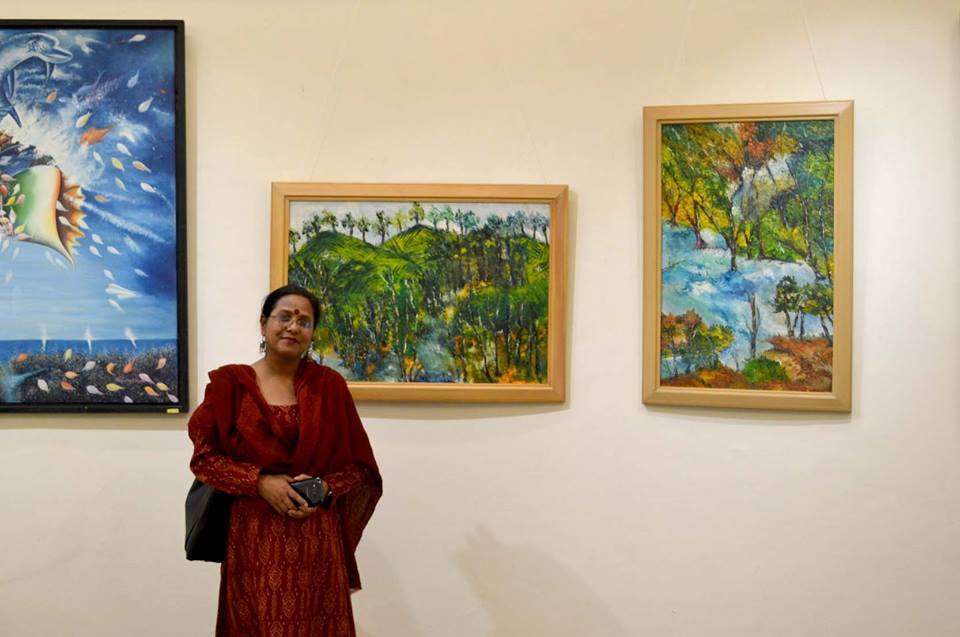
While glancing through the history of different forms of Indian art paintings, one can never miss the most distinctive piece of artwork, that is, Mysore paintings. This form of paintings has been considered as one of the non-exhaustive resources in the realms of art.
History of Mysore Painting
Basically, Mysore Painting belongs to the Mysore city of the Karnataka state of South India. It came being under the patronage of Wodeyars (1399-1947), specifically Raja Wodeyar (1578-1617), back during 17th and 18th century.
Interestingly, it was the time when this art genre reached to the zenith level of glory during the reign of Maharaja of Mysore, Krishnaraja Wodeyar III (1799-1868). In fact, there was phase when Mysore art paintings have almost reached stage of extinction. Somehow in the later years of 18th century evidenced the resurgence of Mysore Art from ashes and gained new mighty place with time.
Inherent Details about Mysore Painting
These forms of Indian art paintings are full of mesmerizing charm and magnificence. They are more or less akin to the Tanjore style of art painting. Additionally, Mysore Art makes use of thinner 24k gold leaves, which when fused with arduous, perseverant, and dexterous hard work, augments the exquisiteness of the painting. Thin, subtle silhouettes and intertwined brush strokes are the vital attributes of this art form.
In the beginning, a primary sketch is created on the base with the usage of cartridge paper, which pasted on a base made of wood. The enrichment in the primary sketch is then done through an elevated look that is given with the help of Gesso Paste (which is actually made up of the concoction of Zinc Oxide and Arabic Gum).
Once it dries, these elevated areas are later on highlighted with 24K gold foil, while the rest of the painting is done in subdued watercolor. Furthermore, for finishing touches in Mysore Paintings the artists rub of a reedy paper placed over the painting, with a soft stone, so as to improve the richness and the charisma of the paintings.
Broadly speaking, the main themes of these paintings are typically that of Hindu God, Goddesses, and the pictographic representations of the scenes from the prodigious epics of Mahabharata, Ramayana, and Bhagavta Purana. You can still find antiquated paintings on the walls of ancient temples and palaces of Karnataka.
And, one of the most intriguing aspects about the most of ancient Indian paintings is that the artists themselves used to prepare the resources required for the creation of the artwork, such as brushes, canvass, paints, or any other required raw material, gold foil here.
Conclusion
In a nutshell, till date there are Indian art admirers and lovers from all over the world who are strongly attracted towards the primitive Mysore Art. Its powerful magnetism continues to a lasting impact on them. There are various online art platforms that buy and sell art. For more information on Indian abstract art paintings, you can visit our online art gallery.





















